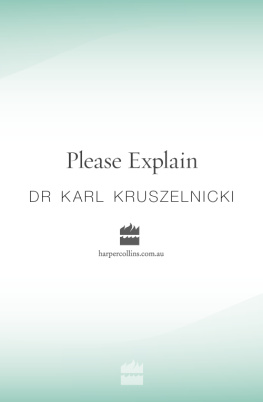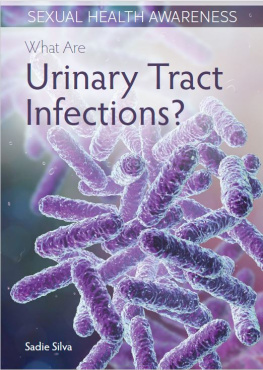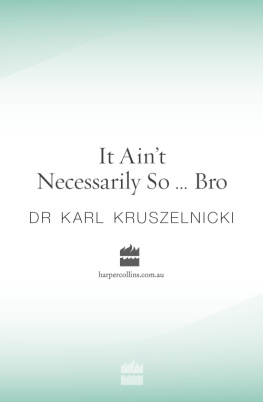Flying is really safe, but most people wrongly believe that if your plane crashes, your number is up.
The world loves to fly and, indeed, needs to flyover two billion passengers take to the wing in aircraft each year. On average, one in every three people in the world fly each year.
Most people vaguely realise that flying in a jet operated by a major airline is incredibly safe. Flying is about twice as safe as rail travel and six times safer than car travel, when you compare the number of death rates per kilometre travelled. (The figures differ depending on whether all forms of transport are counted worldwide, or just the ones in wealthy countries, and in which year you do the numbersbut this is the general trend for the wealthy countries.) But even though flying is safer than driving, most people wrongly believe that if you are on a plane that crashes, then you are certain to die.
It seems a fairly reasonable assumption (even though its wrong). After all, a modern plane is a tube made of aluminium only a few fragile millimetres thickand aluminium can burn quite intensely. The plane also carries up to a few hundred tonnes of fuel that burns very fiercely. Its filled with substances (e.g. cushions and fabrics) that give off very toxic fumes when they burn. And, of course, the plane is moving at close to 1,000 kph. But amazingly, if you look at the statistics, your chances of surviving an aeroplane accident are actually quite good.
Assumption
The word assume means to believe somethingbut; without any proof. It comes from the Latin word assumere, which in turn is derived from two rootsad meaning towards, and sumere meaning to take.
Many of us have forgotten the lesson we learnt in schoolthat assume makes an ass of u and me. In other words, if you assume something and not check it fully, you could make a mistake.
And this is the long-winded background to peoples assumption that aircraft crashes are not survivable. (Sorry about that.)
The Big Stats
For example, in the USA between 1983 and 2000 there were 568 aeroplane crashes. Overall there were 53,487 people on board, with about 95% of them (51,207) surviving. In fact, with about 90% of aeroplane crashes are survivable.
Consider the DC-10, a large twin-aisle, three-engine passenger jet. Over the years, 27 have been destroyed. In 23 of those incidents, 90% of the passengers survived. In 1989, a DC-10 performed an emergency landing at Sioux City, Iowa, after hydraulic failure had left all control surfaces (e.g. flaps, ailerons and vertical tail stabiliser) immovable. On landing, the plane broke into several sections, a fireball erupted and the passenger section skidded down the runway upside down. You could assume that everybody would die. But 185 of the 296 people on board survived the crash.
In 2006, according to the US National Transport Safety Board, major US airlines carried 750 million passengers over a total distance of 12.8 million km. There were 31 accidents, two with fatalities, leading to a total of 50 deaths. This works out to 3.9 deaths per million kilometresa very good figure, considering that there were 30,000 takeoffs and landings every day. By the way, only 6% of aviation accidents happen while the plane is cruising at altitude. The remainder happen during takeoff and climbing, or descent and landing.
Modern planes are quite good at surviving blasts. In 1986, a bomb exploded in the luggage compartment of a TWA jet flying over Greece. It landed safely, with only four deaths and 117 survivors. In 1988, on Aloha Flight 243 over Hawaii, a Boeing 737 had a 6 m x 4 m section of its fuselage torn off due to corrosion and fatigue from too many takeoffs and landings. There was only one death.
Come fly with me
Over two billion passengers take to the wing in aircraft each year. Most people vaguely realise that flying in a jet operated by a major airline is incredibly safe.

Percentage of accidents / fatalities
Flying is about twice as safe as rail travel and six times safer than car travel, when you compare the number of death rates per kilometre travelled. But even though flying is safer than driving, most people wrongly believe that if you are on a plane that crashes, then you are certain to die.

Statistics and Lies
There are always many different ways to interpret complex real-life situations.
In the case of deaths to passengers on aeroplanes, you could measure the deaths per kilometre flown. This is reasonable, because you have to travel those kilometres to get from A to B. But you can equally make an argument for measuring the deaths per journey or the deaths per hour of travel. In each case, you would get different results.
Why Planes Dont Crash
One major factor that makes road transport so dangerous is the nut behind the wheel. Theres not a lot you can do when another vehicle veers from the other side of the road to run into you. You are at the mercy of other drivers, most of whom are poorly trained, and who are quite happy to be distracted by music, phone calls and the like. And some of them drive while under the influence of alcohol or drugs. On the other hand, airline pilots are highly trained and competent individuals, who are somewhat obsessive about following correct safety protocols.
One reason why air travel on a well-maintained plane in a wealthy country is so safe is the system. The air crash investigators, the people running the airline and the government regulators are all keen to investigate all crashes thoroughly. They then learn from these crashes and make the necessary changes to avoid a similar incident from happening again.
For example, in 1987, a fire broke out in the rear lavatory on Air Canada Flight 797. The plane landed, but not before a flash fire erupted throughout the passenger cabin. Twenty-three of the 46 people on board died. As a result, smoke detectors and automatic fire extinguishers are now fitted in all aeroplane lavatories.
First Aviation Accident
The first recorded aviation fatalities occurred on 15 June 1785. Two French balloonists, Jean-Franois Piltre de Rozier and Pierre Romain, died when their balloon crashed while attempting a flight across the English Channel.
Why Planes Do Crash
Planes crash for two main reasonshuman error, or component error.
Human error can include mistakes by the engineers doing the maintenance, by the pilots doing the actual flying and by the airtraffic controllers directing the plane.
Component error involves the hardware from which the plane is made. The materials used may have voids or foreign inclusions in the microstructure. The materials could also have been designed badly, with small holes or notches that increase the local stresses. Alternatively, the materials and their design might be perfectly fine, but they may have been assembled wrongly or with poor quality paints, lubricants or glues, allowing them to corrode and weaken.
In general, corrosion accounts for about 30% of failures, material fatigue for 25%, brittle fracture for 15% and overload for about 10%. Other less common component causes include high temperature corrosion, creep (the slow plastic deformation of metal), wear, abrasion or erosion.

















